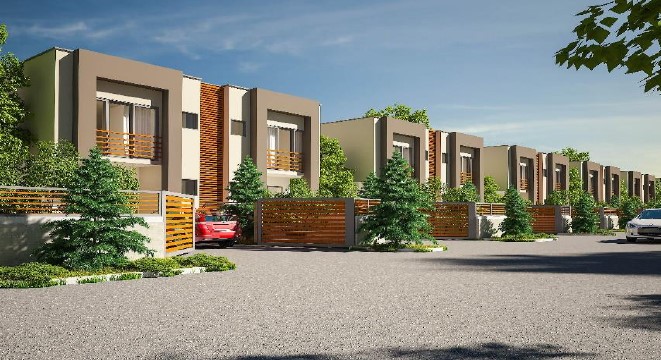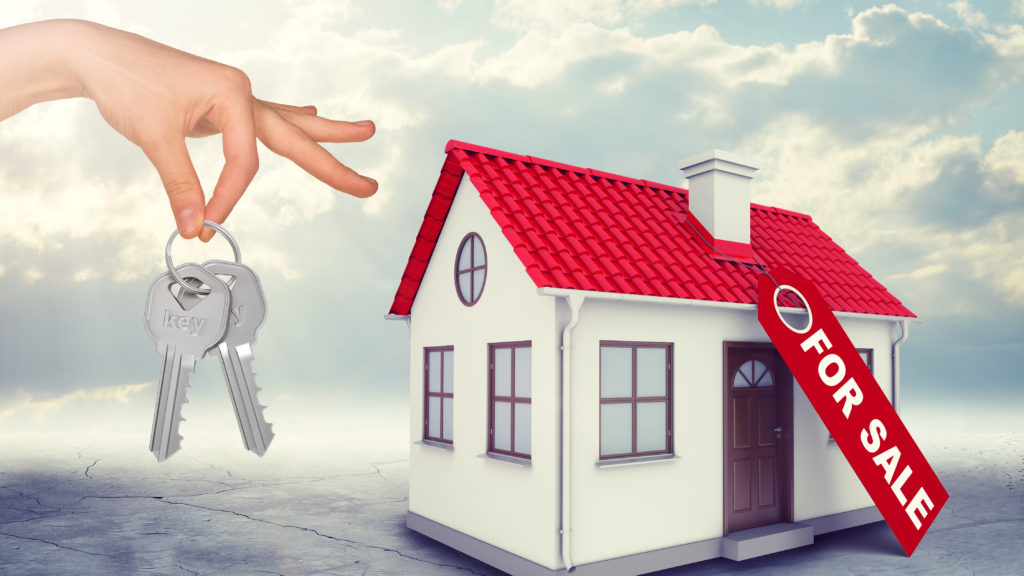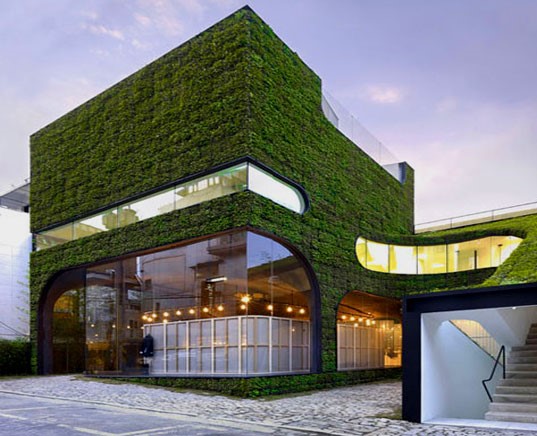Real Estate Minute with Cyril Nii Ayitey Tetteh
Top of the day to you fellow Ghanaians! I trust you are keeping well. It has been an exciting couple of months with our series of extractions from sessions at the 3rd Ghana Green Building Summit. We hope you have enjoyed the recaps and learnt as much as we have. Today, we conclude the series by continuing from last week as we unpack the other aspects of the design conversation: our cities and living spaces. Both presentations sought to challenge and change the mindsets on architectural design at the residential and city level.
On the future of our living spaces, the founder of Ienvisage, Ruth- Anne Richardson made an enlightening presentation, by first, taking attendees through an architectural journey; the past, the present and then provided an insight into how our living spaces will look by focusing on 3 main ideas; Modularity, Materiality and Verticality.
Modularity
Using the Speculative Plug House as a basis, Ruth-Anne revealed that the future of our living space will lean towards modularity in an attempt to make living activities work, hence the future of our spaces will be 6.6 metres X 6.6 metres.
Materiality
In a bid to harness and use more affordable materials, Expanded Polystyrene (EPS) Panels will become common place as it is largely cheaper than conventional building materials. She mentioned that it is being tested to confirm it’s suitability for mass housing. EPS is 3-D panel consisting of a 3-dimensional welded wire space frame provided with the polystyrene insulation core and surrounded with shotcrete on both sides.
Verticality

With this particular idea, Ruth-Anne made reference to the Ghanaian context where about 200,000 housing units are needed over the next 10 years to make up for the housing deficit. The way to go, according to her is to build up or build vertical by condensing mass housing into one, as against just one unit in a particular space.She also explored the need to rethink external linkages by seeing the stair area as not just one’s personal area, but a point of convergence. This will allow us to dissolve the idea of straight circulation and consider more fluid activity and social processing within that space.

Designing Cities with People
Rasmus Frisk, CEO and Partner at Arki_Lab – Denmark made an insightful presentation on their unique approach of involving citizens in the design of their cities. This citizen involvement model creates a feeling of ownership in the eventual project delivery and this also meant the projects have a higher success rate. Summary highlights of his presentation captured below:
3 legs of Sustainability
Rasmus identified 3 elements that are key to developing sustainable cities. He called them the legs of sustainability.
- Financial Sustainability
- Environmental sustainability
- Social Sustainability (With people)
It is the last leg that of social sustainability that Rasmus believes is key to designing and delivering successful projects with people. He mentioned that they saw themselves more as change agents who do not just design buildings but build communities. The key strategy employed is engagement.
Engagement
This model heavily involves citizens from inception of project to delivery. This model is best explained by the engagement ladder which has the element of manipulation at the bottom, consultation in the middle and citizen control at the apex. If a project operates at the apex there is then a higher chance for successful project delivery. Some of the tools or methods used in engagement included gamification, workshops, competitions, focus groups etc. Rasmus outlined some of the reasons behind engagement as acquisition of ideas, information, collaborations as well as developing a sense of ownership and legitimization. And while engagement is highly recommended, some developers, city authorities and states shy away from engagement for fear of rejection of ideas or new citizen requests that they may not be able to fulfill.
Asnaes Case Study
To illustrate his points, Rasmus provided a case study using the town of Asnaes (8,000 people) to further demonstrate how citizen involvement benefit the final outcome and ensure a successful delivery after a series of engagements including but not limited to; an extensive steering committee including politicians; embedding the project locally through events; open studio in the local shopping mall etc.
PRESENTED by Presented by Ruth-Anne Richardson, Founder of Ienvisage and Rasmus Frisk, CEO and Partner at Arki_Lab – Denmark at the 3RD Ghana Green Building Summit 2020.










